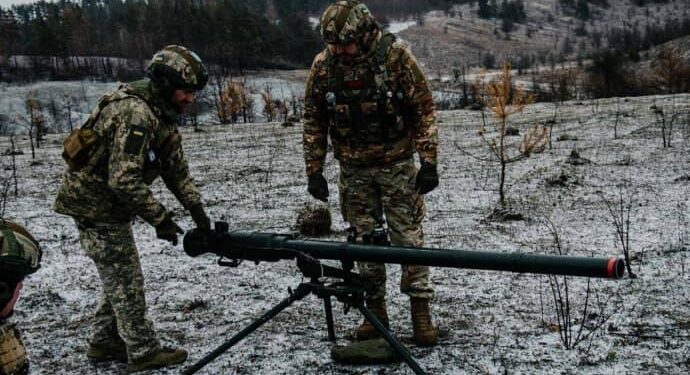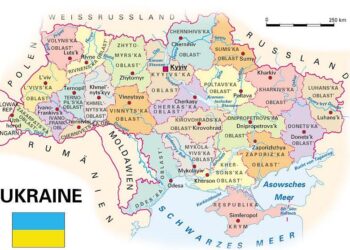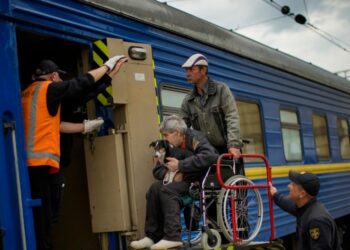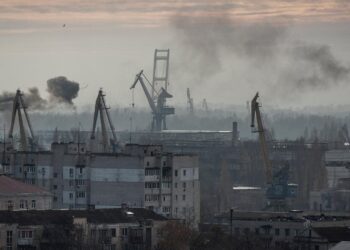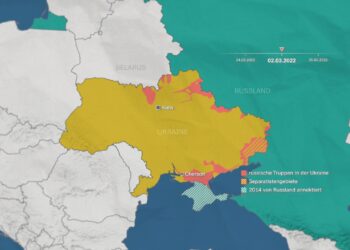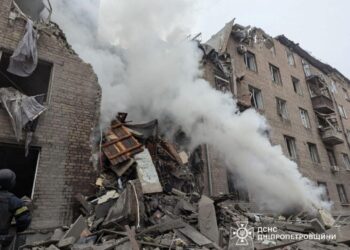Russia’s military campaign in Ukraine continues to face significant challenges, as recent assessments from the Center for Strategic and International Studies (CSIS) highlight persistent battlefield setbacks. Despite months of intensified operations and mobilization efforts, Moscow has struggled to achieve decisive gains, with Ukrainian forces mounting effective resistance and reclaiming key territories. This article examines the latest developments on the ground, drawing on CSIS analysis to explore the strategic difficulties confronting Russia and the implications for the broader conflict.
Russia’s Struggles with Logistics and Morale Undermine Combat Effectiveness
Throughout the ongoing conflict in Ukraine, Russian forces have been consistently hampered by severe logistical challenges that erode their operational capabilities. Supply lines are frequently disrupted due to Ukrainian counterattacks and inadequate infrastructure maintenance, resulting in critical shortages of ammunition, fuel, and food. These deficiencies not only slow the pace of Russian advances but also place immense strain on frontline units, forcing commanders to divert resources inefficiently and causing delays in executing tactical maneuvers.
Additionally, morale within Russian ranks has plummeted, influenced by extended deployments, poor living conditions, and conflicting reports about the war’s progress. Soldier fatigue and disillusionment have manifested in increased instances of insubordination and desertion, further weakening combat effectiveness. Key factors contributing to the morale crisis include:
- Inadequate rest and rotation schedules
- Limited access to medical and psychological support
- Low confidence in leadership and strategic objectives
- Communication breakdowns between ranks
| Issue | Impact on Combat |
|---|---|
| Logistics Disruptions | Delayed reinforcements and supply shortages |
| Morale Decline | Reduced unit cohesion and combat readiness |
| Leadership Challenges | Poor decision-making and coordination |
Tactical Setbacks Reveal Deep-Rooted Challenges in Command and Control
Recent battlefield developments have sharply illustrated the profound difficulties plaguing Russia’s command and control architecture. These challenges manifest not just in isolated tactical failures but in systemic issues that hinder coordinated maneuvers across multiple fronts. Commanders frequently struggle with delayed or incomplete intelligence, resulting in orders that are outdated by the time they reach frontline units. Such communication breakdowns compromise operational cohesion, leaving frontline troops vulnerable to rapid Ukrainian counterattacks that exploit gaps in Russian defenses.
Analysts point to several factors driving these setbacks, including:
- Centralized decision-making that slows responsiveness and reduces adaptability on the ground
- Inconsistent training standards across units, leading to uneven execution of operational plans
- Technological shortfalls in secure communications equipment, impairing real-time coordination
- Logistical complications disrupting the timely delivery of reinforcements and supplies
These interconnected weaknesses form a complex web of operational friction, restricting Russia’s ability to sustain momentum and effectively respond to dynamic battlefield conditions.
| Command Challenge | Impact on Operations | Resulting Tactical Issue |
|---|---|---|
| Delayed Intelligence Flow | Slow decision cycles | Vulnerable advances |
| Fragmented Chain of Command | Conflicting orders | Reduced unit cohesion |
| Poor Communication Systems | Limited situational awareness | Triggered ambushes |
Strategic Recommendations Emphasize Enhanced Training and International Pressure
The assessment from defense analysts underscores the critical need to bolster the operational capabilities of Ukrainian forces through intensive, specialized training programs. These programs must focus on modern warfare tactics, urban combat proficiency, and electronic warfare countermeasures. Enhancing proficiency in these areas can effectively mitigate Russia’s current battlefield advantages, which are largely derived from outdated strategies and logistical inefficiencies.
Simultaneously, international stakeholders are urged to maintain and intensify pressure on Moscow through coordinated economic sanctions and diplomatic isolation. This approach aims to weaken the Kremlin’s resolve by targeting key sectors such as defense production and energy exports. A strategic matrix of multilateral actions, detailed below, illustrates priority targets and their potential impact:
| Sanction Target | Sector | Expected Outcome |
|---|---|---|
| Defense Manufacturing | Military Equipment | Reduced ammo and drone supply |
| Energy Exports | Oil & Gas | Diminished government revenue |
| Financial Institutions | Banking | Restricted foreign transactions |
- Enhanced training ensures a sustained tactical edge on the ground.
- International sanctions increase strategic pressure on Russia’s war economy.
- Diplomatic unity reinforces global commitment to Ukraine’s sovereignty.
Final Thoughts
As Russia continues to face significant challenges on the battlefield in Ukraine, the conflict remains a critical focal point for international security and geopolitical stability. The ongoing struggles underline the complex and evolving nature of modern warfare, as well as the resilience of Ukrainian forces. Monitoring this situation closely will be essential for policymakers and analysts seeking to understand the broader implications for regional and global dynamics. The developments documented by CSIS provide valuable insight into the realities of the conflict and the formidable obstacles Russia confronts moving forward.


